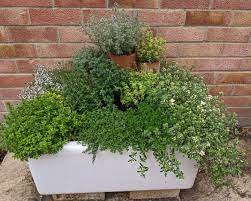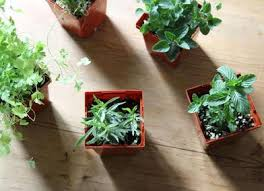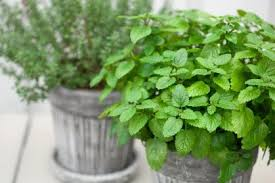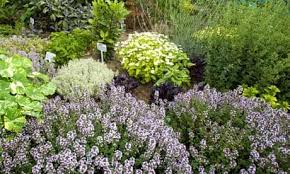Choosing which herbs to grow in your garden can be an exciting yet overwhelming task. With so many varieties and cultivars available, it’s easy to get carried away. For instance, there are enough types of thyme to fill an entire garden on their own. The key is to avoid overcrowding, as herbs need space to grow and thrive.
A few years ago, The Herb Society of America listed its Top Ten Most Useful Herbs for Cooking, which included basil, garlic, oregano, marjoram, sage, dill, chives, parsley, bay, and rosemary. While I agree with many of these choices, I would move garlic to the vegetable garden and debate whether bay deserves a spot in the herb garden over versatile thyme. Opinions on the best herbs can vary, but some, like basil and rosemary, are definitely beginner-friendly.
Rather than providing a rigid list of herbs, I’ll group them based on their growing needs. After all, there’s no point in planting sage if you don’t like its taste.
Group 1: The ‘Garrigue’ Herb Bed
Named after the dry, well-drained terrain where rosemary, sage, and thyme naturally grow, this herb bed requires light, sandy soil. These herbs thrive on neglect and appreciate a light-colored gravel mulch, which enhances drainage and reduces humidity, especially in wetter climates. Oregano and lavender, which prefer alkaline conditions, also do well in this type of bed. However, avoid using lavender as a border in small beds; it competes for space with other herbs like sage and rosemary, which could affect airflow and promote disease.

Group 2: Herbs That Need Extra Care
Some herbs, such as parsley, basil, dill, and chives, require a richer environment where the soil is moist and the roots stay cool. Heat and dryness can cause basil and dill to bolt (go to seed) quickly. Basil, in particular, enjoys warmth and sheltered spots, and its leaves grow best in these conditions. Grouping these herbs together makes them easier to care for, as they all benefit from compost and regular watering. Curly-leaved parsley also makes a great edging plant, adding neatness to your garden.
Group 3: Herbs for Shady Areas
Not every garden has full sun, but that doesn’t mean you can’t grow herbs. Many herbs will tolerate partial shade. For example, chives, parsley, and common thyme can thrive in shaded areas. Some varieties of dill and chervil, though usually recommended for full sun, also do well in partial shade. To maximize growth, plant herbs that prefer shade in the morning sun and those that need full sun in the afternoon. Opt for hardier varieties, such as “vulgaris” thyme and “officinalis” sage, which cope better with less-than-ideal conditions.

Group 4: Herbs for Contained Spaces
Mint and lemon balm are delicious but highly invasive herbs. Mint spreads by runners, while lemon balm self-seeds, making them difficult to control. For mint, I recommend planting it in a separate bed or container, especially the Moroccan variety, which is ideal for tea. Planting lemon balm alongside mint isn’t advisable, as both are aggressive spreaders. If you want to grow more than one mint variety, ensure they are kept in separate containers to prevent hybridization.

Companion Planting with Herbs
While it’s essential to grow herbs you enjoy, it’s worth considering their role in companion planting. Herbs can help deter pests and improve plant health. For example, strong-smelling herbs like sage, dill, and rosemary can confuse pests and protect nearby vegetables. Cabbages, in particular, benefit from the pest-repellent qualities of these herbs. Even if you don’t like the taste of certain herbs, planting them near your vegetable beds can help reduce the need for chemical pest control. In fact, placing aromatic herbs such as rosemary or sage near your garden’s edges can be a natural way to keep unwanted pests away.
In conclusion, planning your herb garden requires balancing personal preferences with the needs of the plants. By considering the soil conditions, light requirements, and growth habits of different herbs, you can create a thriving garden that not only enhances your cooking but also contributes to a healthy, sustainable garden ecosystem.
